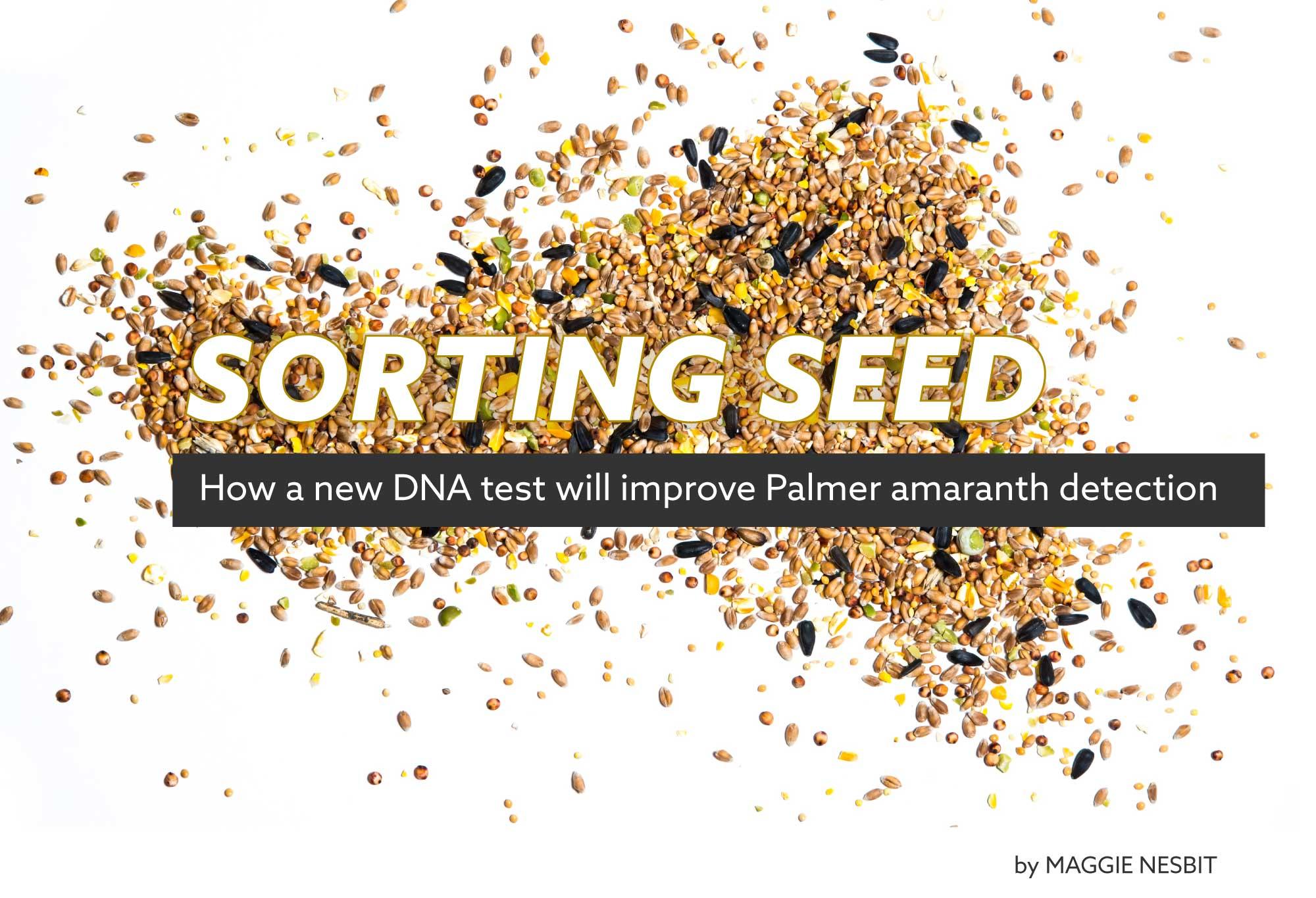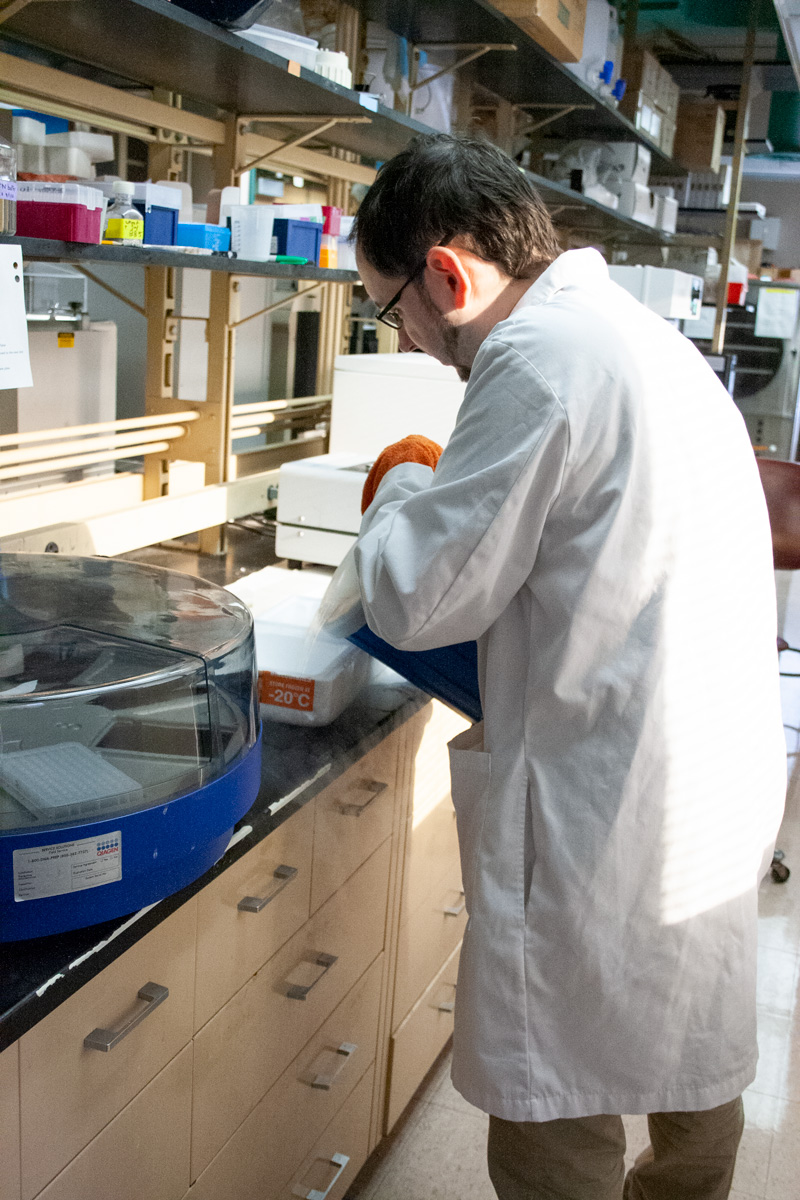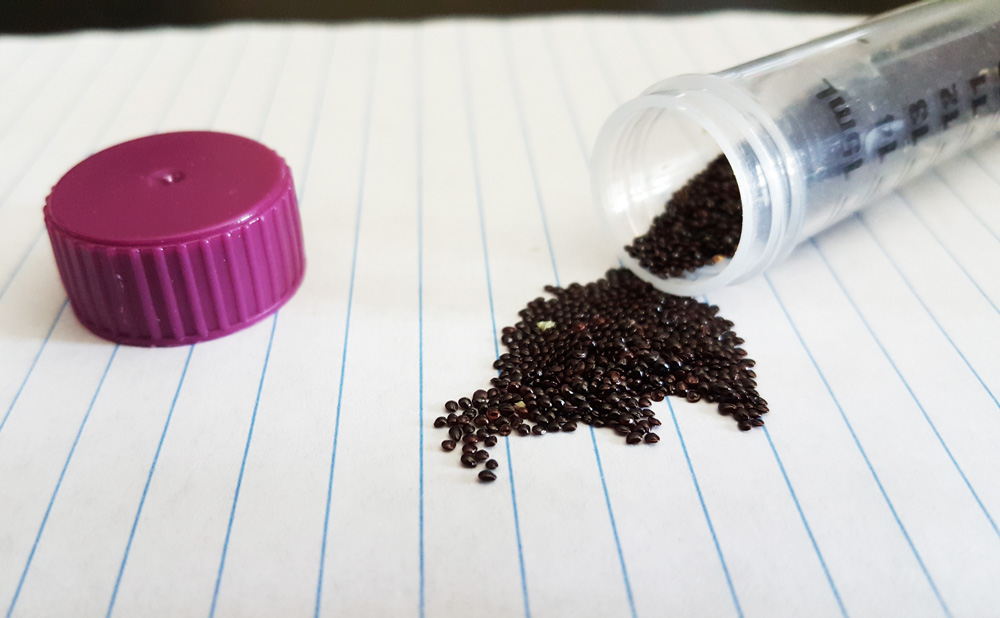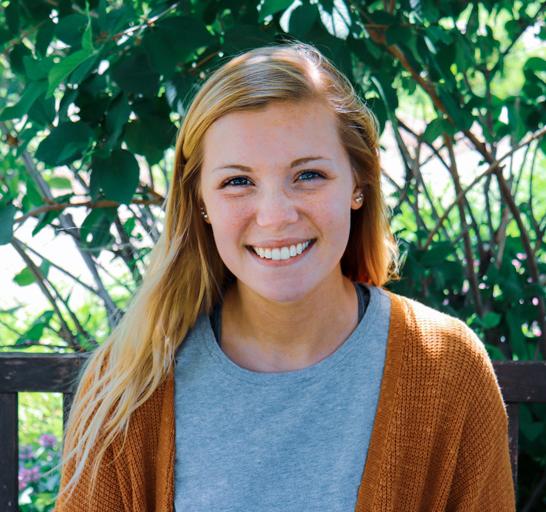
July 9, 2019
Over the past year, University of Minnesota postdoctoral researcher Anthony Brusa has collected samples of the noxious weed Palmer amaranth from all over the world – Africa, South America, different parts of the US and the plant’s native country of Mexico. He believes it is the largest geographic sampling to date.
Brusa is part of a cross-country team, led by University of Minnesota agronomist Don Wyse and weed scientist Todd Gaines of Colorado State University, that has now successfully pinpointed genetic markers common to Palmer amaranth strains across the globe. Their work will produce a cost-effective, easy to use and highly accurate DNA test for Palmer seed identification.
The end result, funded by the Minnesota Invasive Terrestrial Plants & Pests Center (MITPPC), will be new technology made available for use by seed inspectors. This test will be essential to Palmer identification and management as it becomes more of an issue for soybean farmers in Minnesota and across the Midwest.

Researcher Anthony Brusa analyzes Palmer amaranth seeds in the lab on the University of Minnesota St. Paul campus.
Quality over quantity
A single Palmer amaranth plant can produce half a million seeds, grow 2-4 inches in a day and cause near total loss of crop yield. Palmer varieties in other regions of the country have already developed resistance to five major herbicide classes.
“Economically, when you think of increased inputs for control, and you think of yield loss potential, it’s highly devastating,” said Jeff Gunsolus, a University of Minnesota Extension weed scientist involved in the project.
It is no surprise that growers and regulators wouldn’t want to miss even a single Palmer amaranth seed coming into the state. The invasive weed hasn’t yet taken widespread hold in Minnesota, but it was first introduced back in 2016 via contaminated native seed mix used for conservation plantings.
It's almost impossible to tell the difference between a Palmer amaranth seed and that of other pigweed species or Palmer's close cousin, waterhemp. Seed inspectors test native seed mixes at the molecular level to confirm Palmer amaranth presence.
Right now, Brusa and team’s test can identify Palmer amaranth in a sample of 20 visually identical pigweed and waterhemp seeds. A single genetic marker achieves 99.7% accuracy, already better than some medical diagnostic tests, but Brusa said they want to layer two additional markers into the test to improve its reliability even further.
“If one marker fails, the other two should catch it,” said Brusa.
“The highest priority is making sure that we don’t make bad calls. If we let something through, why are we even doing it?”
Growers step in to stop an invasive weed
Of course, there is another major partner in this work: the growers.
They are playing an active role in reporting the presence of Palmer amaranth on their farms, aiding greatly in the pursuit of putting an end to this issue.
“Everything that we’ve found in the state has been found by a grower,” said Brusa.
Gunsolus praised the farmers for being so proactive.
“A grower often will talk to their crop consultant about Palmer. But the fact that they are also reporting it is quite amazing. No farmer wants to be known as the guy that has Palmer, but they're reporting it,” said Gunsolus. “I think it shows that they realize farmers don’t need another significant weed problem. They already have enough problems, period.”

Palmer amaranth seeds are only about 1 mm long, similar to poppy seeds, and look visually identical to other amaranth species. A single plant can produce half a million seeds in a crop field. (Credit: Anthony Brusa)

Three visually similar amaranth seedlings are shown. From left to right: A. palmeri (Palmer amaranth), A. Powellii (Powell's amaranth) and A. spinosis (spiny pigweed). (Credit: Anthony Brusa)
Gunsolus has also been working directly with crop consultants and farmers through field days at the University of Minnesota’s Research and Outreach Centers, teaching identification of four different amaranth types.
“Everything that we've found in the state has been found by a grower.”
This type of management and research can also be applicable to waterhemp, the close cousin of Palmer amaranth that has many similar problematic traits.
About the Author
Maggie Nesbit is a Communications Intern with the Minnesota Invasive Terrestrial Plants and Pests Center (MITPPC). She is a double major in English and Strategic Communications at the University of Minnesota. In her spare time, Maggie enjoys running, hiking, reading and spending time with friends and family. Maggie's position is funded by a grant from the Minnesota Soybean Research & Promotion Council.
